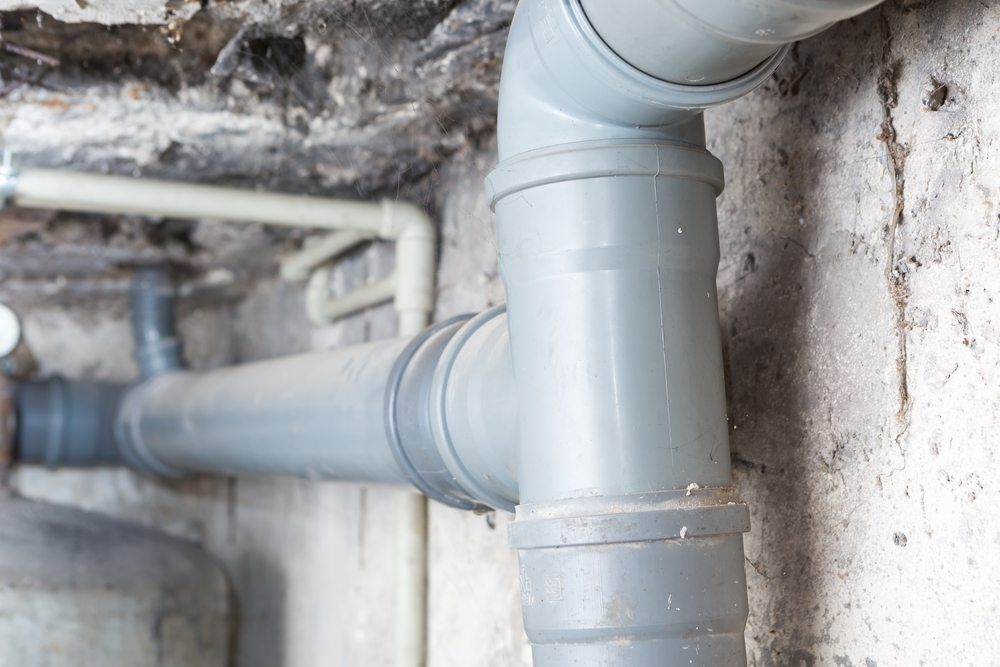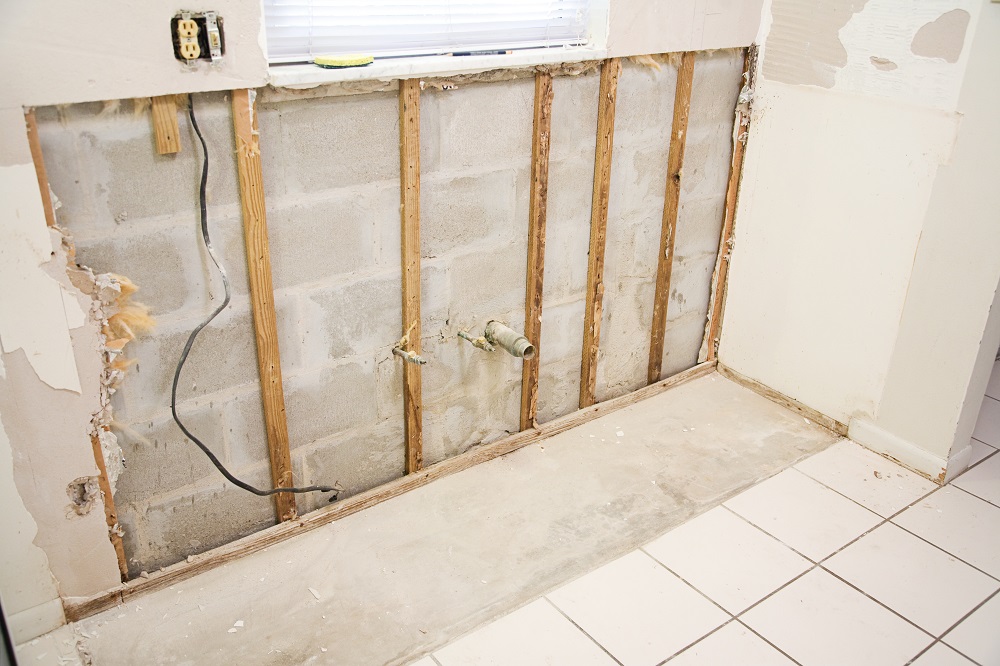Table of Contents
Biohazard cleanup is not something most people think about until they absolutely need it. Yet, when it becomes necessary—due to a trauma, sewage backup, hoarding situation, or unattended death—the importance of fast, informed, and compliant cleanup becomes clear.
For residents and businesses in Plantation, Florida, understanding how biohazard cleanup in Plantation works can make all the difference in navigating these difficult scenarios safely and legally. This article explains what biohazards are, why they require specialized cleaning, what local and federal regulations apply, and what to expect from a professional cleanup service.
What Is a Biohazard?
A biohazard, short for biological hazard, refers to any biological substance that poses a threat to human health or the environment. This includes:
- Human blood and bodily fluids
- Animal waste
- Microbiological waste (e.g., cultures or lab samples)
- Pathological waste (tissues, organs)
- Sharps waste (needles, scalpels)
Biohazards often contain pathogens, such as bacteria, viruses, or fungi that can spread disease. Improper handling or exposure to these substances can result in serious infections, illness, or even death. Therefore, biohazard cleanup in Plantation is regulated and requires protective equipment, specialized procedures, and trained professionals.
Common Situations Requiring Biohazard Cleanup in Plantation
Various situations can lead to the presence of hazardous biological materials that require professional remediation. These incidents can occur in both residential and commercial settings and demand a careful, regulated approach to ensure the safety of all occupants.
1. Trauma and Crime Scenes
Events involving violent crime or severe injury often result in blood and bodily fluids that pose serious health risks. Pathogens such as HIV and Hepatitis B can linger in these environments, making professional cleanup essential for safety and compliance.
2. Unattended Deaths
If a person passes away and is not discovered for several days or weeks, the natural decomposition process can release harmful fluids and airborne bacteria. Specialized cleanup is necessary to properly disinfect the space and restore safe indoor air quality.
3. Sewage Backups
When sewage backs up into a home or building, it introduces a mix of dangerous microorganisms—including bacteria, viruses, and parasites. Cleanup requires disinfection, deodorization, and often, removal of affected materials to prevent further contamination.
4. Hoarding and Gross Filth
In hoarded properties, common hazards include mold, rodent droppings, decaying food, and even human waste. These environments are not only unsanitary but can be dangerous, requiring trained professionals to perform deep cleaning and safe disposal.
5. Meth Labs and Chemical Residue
Illegal drug production, such as methamphetamine labs, can leave behind toxic chemical residues. Although these hazards are primarily chemical, many biohazard cleanup teams are trained to handle them safely and in accordance with local regulations.
In all of these scenarios, biohazard cleanup in Plantation must be handled by trained, certified professionals equipped with the proper tools and protective gear. For any of the above situations, residents and property owners can trust PuroClean to deliver responsive, thorough, and compliant biohazard cleanup in Plantation.
Health Risks of Improper Cleanup
Attempting to handle hazardous materials without proper training can put your health—and that of others—at serious risk. Without professional biohazard cleanup in Plantation, exposure may occur in several dangerous ways:
- Skin contact with contaminated bodily fluids or hazardous materials
- Inhaling airborne pathogens released during cleaning or decomposition
- Accidental cuts or punctures from sharp objects left behind at the scene
- Cross-contamination due to improper disposal methods or ineffective cleaning tools
Biohazard environments are breeding grounds for infectious diseases such as:
- Hepatitis A, B, and C
- HIV
- E. coli
- MRSA
- Norovirus
- Tuberculosis
Even with the best intentions, untrained individuals typically lack the knowledge, protective gear, and specialized tools needed to safely manage these dangers. That’s why it’s critical to rely on licensed professionals for biohazard cleanup in Plantation—to ensure complete sanitization, prevent disease spread, and comply with safety regulations.
Legal and Regulatory Requirements
In Plantation, Florida, biohazard cleanup in Plantation must comply with:
- OSHA’s Bloodborne Pathogens Standard (29 CFR 1910.1030)
- EPA regulations on hazardous waste disposal
- Florida Department of Health guidelines
- DOT regulations for transporting regulated medical waste
Violating these regulations—even unintentionally—can result in hefty fines or criminal penalties. For example, improperly disposing of biohazardous waste in regular trash bins is illegal and dangerous.
Professional cleanup companies follow a detailed protocol to ensure regulatory compliance and provide documentation of waste removal, scene clearance, and disinfection.
The Biohazard Cleanup Process
Understanding the steps involved in the remediation process is essential for anyone preparing to hire professionals for a serious situation like biohazard cleanup in Plantation. Here’s how trained technicians typically manage these sensitive and high-risk environments:
Step 1: Site Evaluation and Containment
Every job begins with a thorough inspection of the affected property. Technicians assess the extent of contamination, document their findings, and design a tailored remediation plan. Critical areas are then sealed off to prevent the spread of hazardous materials.
Step 2: Personal Protective Equipment (PPE)
To ensure both safety and regulatory compliance, cleanup teams wear specialized PPE such as N95 respirators or full-face masks, disposable gloves, full-body protective suits, and eye protection. This gear minimizes the risk of exposure to harmful pathogens.
Step 3: Removal of Affected Materials
Porous materials like carpeting, furniture, and drywall that are saturated with biohazards are removed and properly disposed of as medical waste. Non-porous surfaces are preserved when possible and thoroughly decontaminated.
Step 4: Deep Cleaning and Disinfection
EPA-approved disinfectants are used to clean all exposed areas. Special attention is given to hard-to-reach places and frequently touched surfaces to ensure complete sanitization.
Step 5: Odor Elimination
Biological contaminants often produce persistent odors. Technicians use advanced deodorization techniques, including ozone treatments or hydroxyl generators, to restore clean air and eliminate lingering smells.
Step 6: Safe Waste Disposal
Collected waste is securely sealed in marked, leak-proof containers and transported to licensed medical waste disposal facilities, ensuring full regulatory compliance.
Step 7: Final Clearance and Documentation
The last step includes a comprehensive review of the cleanup. Technicians provide a detailed clearance report with before-and-after photos, a breakdown of procedures performed, and verification that the area is safe for occupancy again.
Psychological Impact and Sensitivity
One often overlooked aspect of biohazard cleanup in Plantation is the emotional toll these situations can have on individuals. Whether it’s the aftermath of a tragic loss or a hoarding scenario involving a loved one, emotions often run high and can make the experience even more difficult.
Professional cleanup crews are trained not only in technical procedures but also in providing compassionate, respectful service. Discretion and sensitivity are key throughout the process, and in many cases, clients are connected with counselors or trauma support services to help them navigate the emotional aftermath.
Insurance Coverage for Biohazard Cleanup in Plantation
In Plantation, many property owners are surprised to learn that biohazard cleanup in Plantation may be covered under their homeowners insurance—especially in cases involving:
- Suicide or unattended death
- Crime scenes
- Sewage backup (sometimes under water damage coverage)
- Hoarding (limited or conditional)
Before cleanup begins, a professional team can help coordinate with your insurance provider to verify coverage, submit documentation, and reduce out-of-pocket costs.
DIY vs. Professional Biohazard Cleanup in Plantation: Why Choosing the Right Approach Matters
Though it might seem cheaper or faster to handle biohazard cleanup yourself, it’s almost always the wrong decision. Here’s why:
| DIY Cleanup Risks | Professional Cleanup Benefits |
| Inadequate disinfection | Industrial-grade sanitizers used |
| No access to PPE or tools | Certified PPE and OSHA compliance |
| Risk of infection | Pathogen containment and exposure control |
| Improper waste disposal | Legal, documented disposal process |
| Psychological trauma | Professional detachment and support |
| No clearance documentation | Compliance reports and insurance support |
Simply put, biohazard cleanup in Plantation should always be entrusted to those who are trained, equipped, and certified to handle the risks and regulations.
Local Biohazard Concerns in Plantation, FL
South Florida’s climate, dense population, and seasonal storm risks create unique conditions that often require biohazard cleanup in Plantation. These include:
- Storm flooding and sewage backups during hurricane season
- Crime scenes related to transient populations near busy commercial areas
- Unattended deaths among elderly or vulnerable individuals in isolated homes
- Persistent humidity contributing to mold and microbial growth
Given these local challenges, having a reliable and responsive biohazard cleanup service on hand is not just smart—it’s essential.
Frequently Asked Questions (FAQs)
Q: How quickly can a biohazard team arrive in Plantation?
A: Most professional teams, like PuroClean of Plantation, offer 24/7 emergency response and can arrive within hours of your call.
Q: Is biohazard cleanup covered by insurance?
A: Often yes, but coverage depends on your policy and the nature of the incident. Professional companies can assist with insurance claims.
Q: Do I have to leave my home during the cleanup?
A: Depending on the severity and location of the contamination, temporary relocation may be recommended for your safety.
Q: How long does biohazard cleanup take?
A: Most jobs are completed within a few hours to a few days, depending on size, contamination level, and materials involved.
Q: Is biohazard cleanup the same as crime scene cleanup?
A: Crime scene cleanup is a type of biohazard cleanup but also involves trauma and sometimes law enforcement coordination.
Conclusion: When You Need Help, Trust the Experts
Dealing with a biohazard situation is overwhelming enough without the added stress of cleanup. From protecting your health to ensuring legal compliance, the risks are too great to go it alone.
If you need biohazard cleanup in Plantation, know that PuroClean of Plantation is here to support you with:
- 24/7 emergency response
- Certified, compassionate technicians
- Full compliance with OSHA, EPA, and state laws
- Safe, thorough, and respectful service
📞 Call PuroClean of Plantation today at (954) 477-7007 for immediate help or to schedule an inspection. We’re here when you need us most.
Instagram | Facebook | Twitter(X) | Linkedin




 PuroClean of Plantation
PuroClean of Plantation